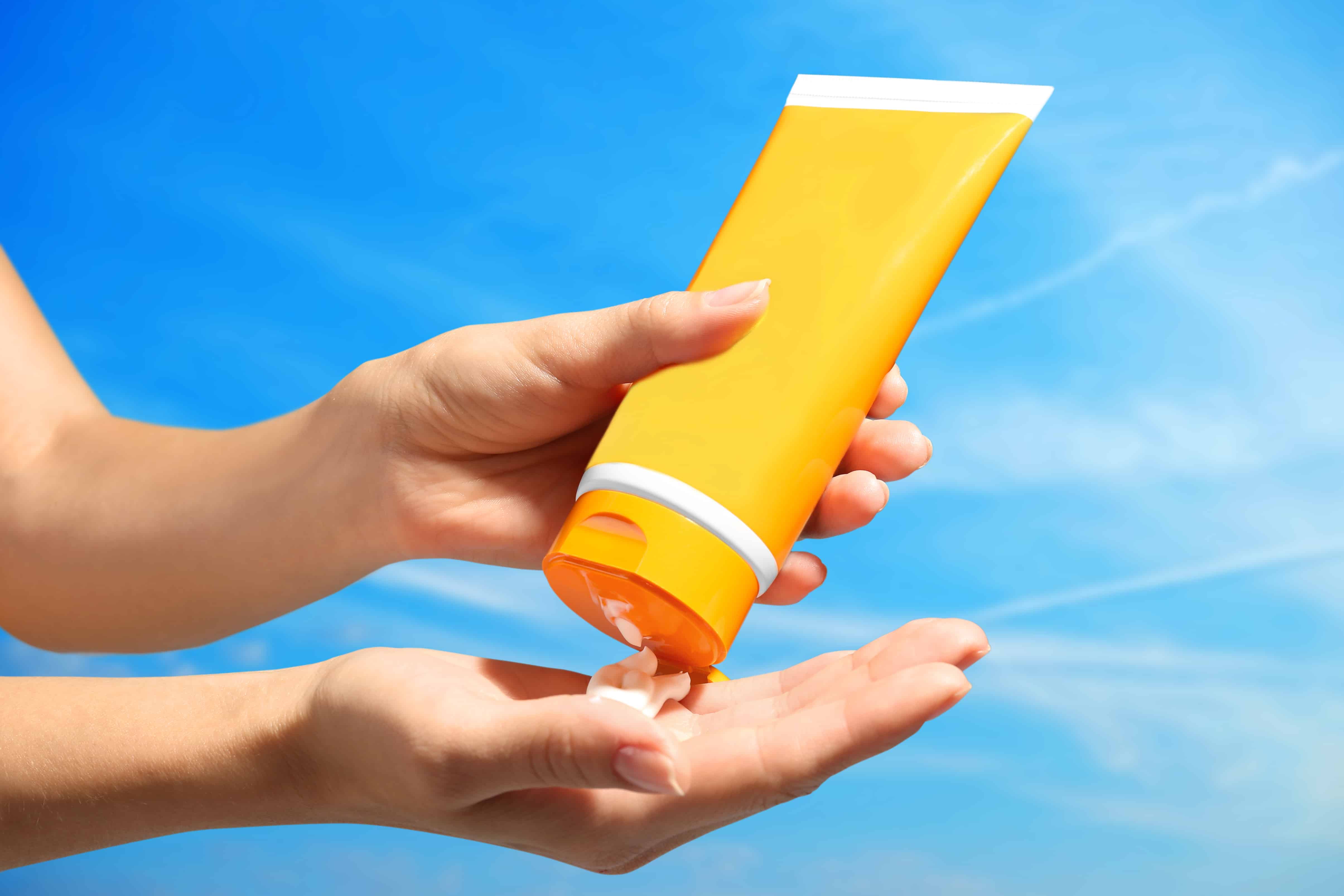
Regularly wearing sunscreen is one of the most important ways to protect your skin from the harmful ultraviolet A (UVA) and ultraviolet B (UVB) radiation that contributes to wrinkles, skin sagging, and other signs of early aging, and increases your risk of sunburns and skin cancer.
But with so many sunscreen brands, ingredients, price points, and SPFs, how do you know which one is the best fit for your skin?
Here are the common terms you will encounter on a sunscreen label so you know how to find the best fit for your skin.
SPF: The SPF, or sun protection factor, on a sunscreen label indicates how much UVB light (the rays that cause burns) the sunscreen can filter out. The higher the SPF rating, the higher the percentage of rays it protects against. The Skin Cancer Foundation recommends always using a sunscreen with an SPF of 15 or higher, and SPF 30 or higher for any time spent outdoors.
Broad Spectrum: The term “broad spectrum” means that the sunscreen protects against UVA and UVB rays, which have both been proven to cause damage to skin and increase risk of skin cancer with overexposure. The Skin Cancer Foundation recommends always purchasing a sunscreen that offers broad spectrum protection.
Water Resistant: No sunscreen is completely waterproof because sweat can wash sunscreen from our skin. The term water resistant, or sweat resistant, means that the sunscreen will remain effective for 40-80 minutes while you are sweating or submerged in water. Some sunscreen brands label water-resistant sunscreen as “Sport”. A best practice is to reapply sunscreen much more frequently when you’ve been in water.
For Babies: “Baby” sunscreen generally means that the sunscreen only contains active ingredients that are less likely to irritate sensitive baby skin — titanium dioxide and zinc oxide.
Active Ingredients:
Active ingredients are the main ingredients in the sunscreen that protect your skin against UV rays. These active ingredients can be chemical, which means they absorb UV rays to keep them from penetrating the skin, or they can physical, which means they create a barrier on top of the skin that deflects UV rays. Common chemical ingredients include benzophenone and avobenzone, while physically active ingredients usually include titanium dioxide and zinc oxide. Most sunscreens use a combination of both physical and chemical protection.
For Sensitive Skin: Sunscreens developed for sensitive skin generally do not contain fragrances, oils, or the active ingredients found in chemical sunscreens, which can irritate sensitive skin. They are also generally hypoallergenic.
Disclaimer: This blog provides general information and discussion about medical, cosmetic, mohs, and surgical dermatology. The words and other content provided in this blog, and in any linked materials, are not intended and should not be construed as medical advice. If the reader or any other person has a medical concern, he or she should consult with an appropriately-licensed dermatologist or other health care worker.
